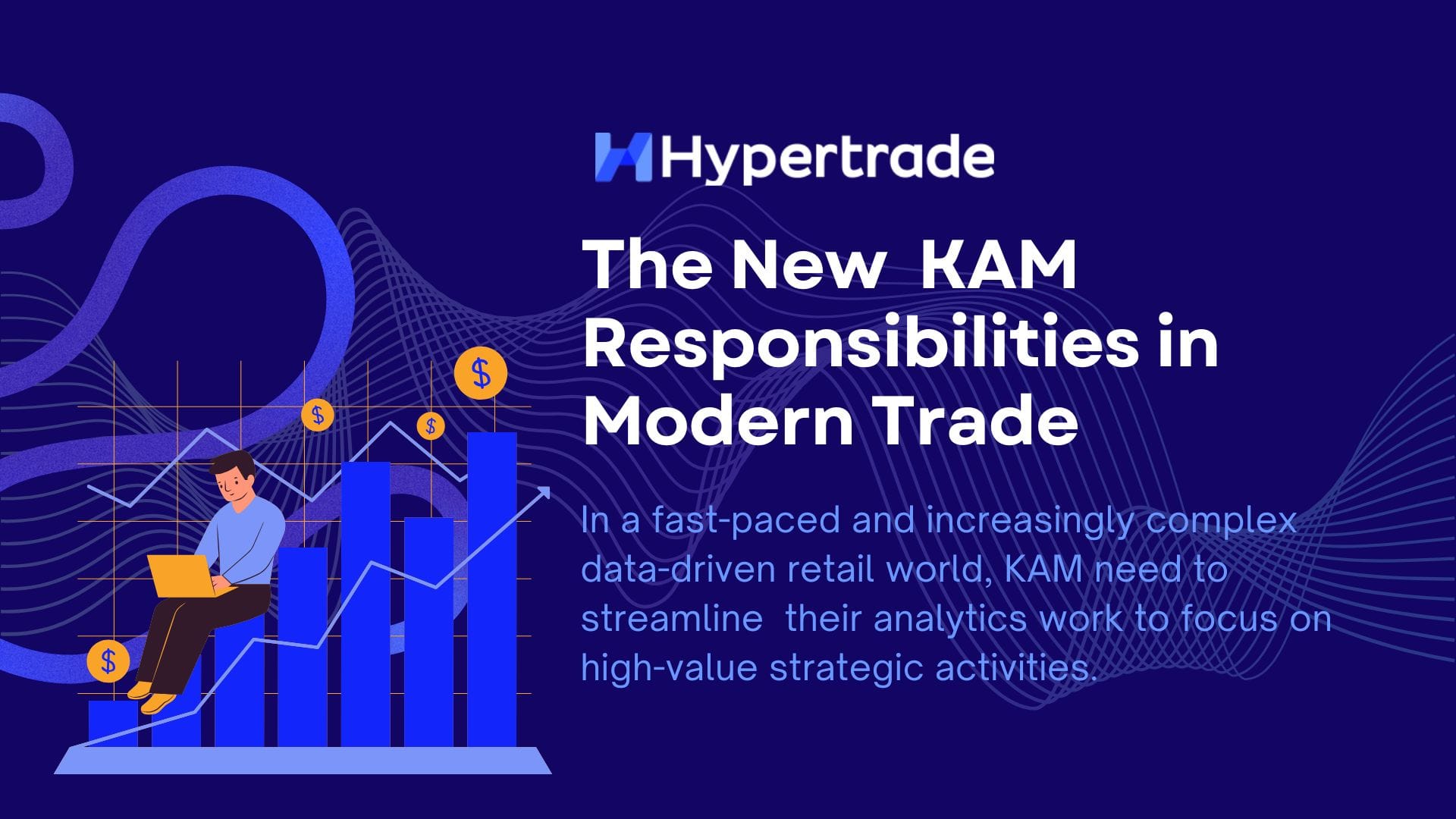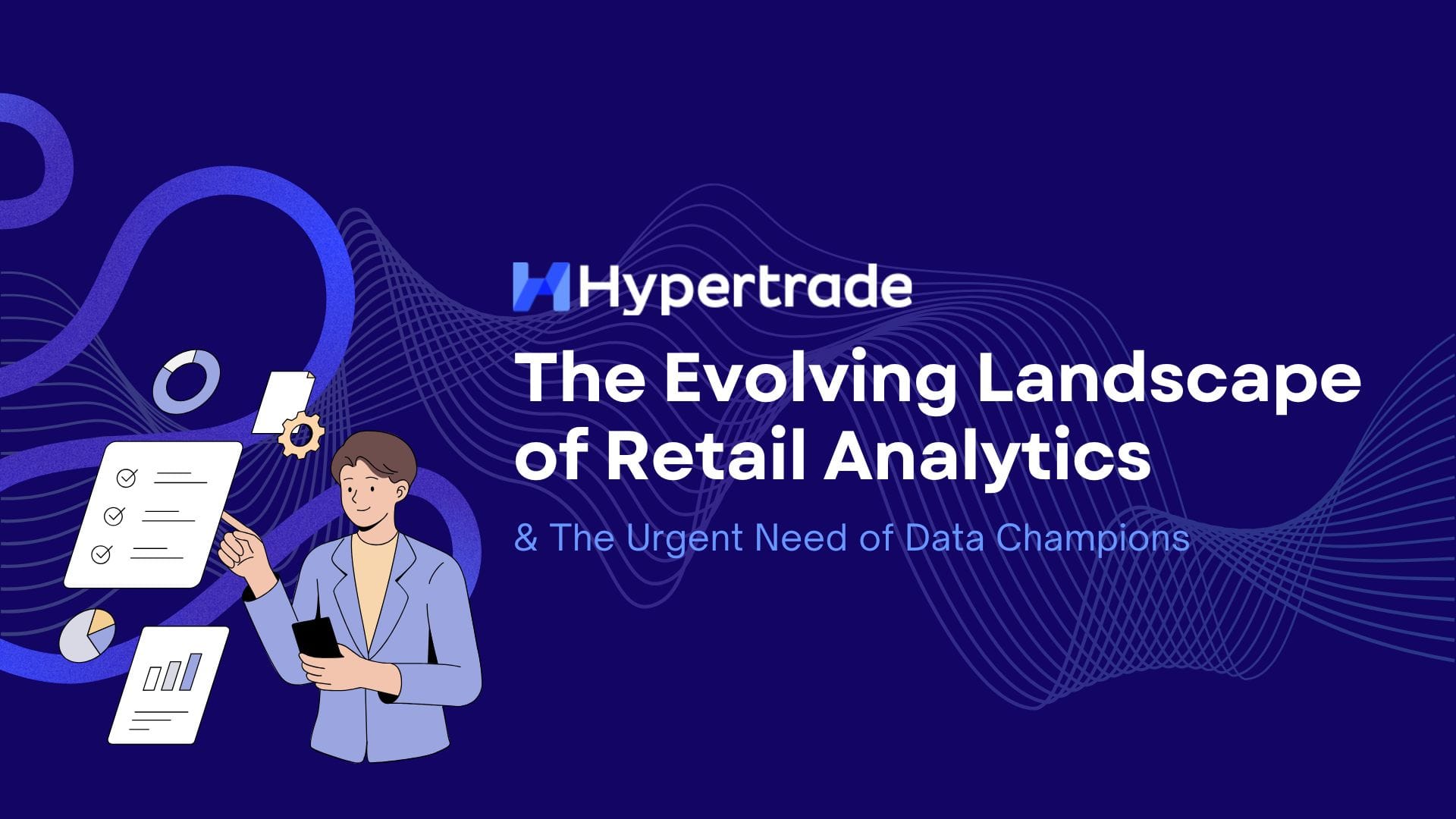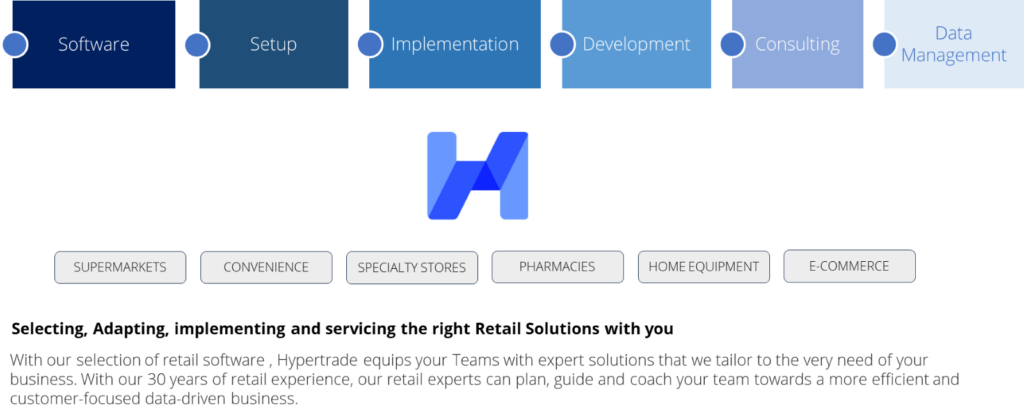General Career Trajectory
- Looking back at your diverse experiences, from student mentor to rally pilot, how have these shaped your approach to business and leadership?
Along the way, I have come across competent and caring people who have shown me the way to develop my learnings. My experience at Emirates Airline in Dubai, in a team of 45 different nationalities, was a revelation to me of what diversity can bring to an organization. On a personal level, I grew up between France and Morocco, where the values of sharing are essential. And I’m convinced that this notion of sharing is one of the keys to getting teams on board and helping them to grow and evolve. Because the real job of a leader is to show the way, despite sometimes uncertainties, and above all to leave no one behind, adapting to each of the personalities in his or her team.
- You’ve transitioned across different industries, countries, from technology and social ventures to the current role at Spacee and Mirega. What motivates you to seek new challenges and adapt to different environments?
The desire to learn and to be challenged is a powerful catalyst for building and bringing projects to life. And when you meet the right people, all you have to do is go for it with energy and passion. And as I mentioned earlier, growing up in a dual culture has always enabled me to adapt to different situations, cultures and environments… that’s also the richness and power of diversity: adapting to the world!
- Throughout your career, what have been the biggest hurdles you’ve faced, and how did you overcome them?
I’ve always worked in technology-related environments. These often very masculine environments regularly challenge you, with “little jokes” like: do you really know what is PHP …A woman in tech and in a position of responsibility is not common even in 2024…And it’s also for this reason that I’m a mentor for “Social Builder” which helps women move into Tech professions.
The solution? No secret! Hours of hard work, sincere commitment and solid values. And it works!
Retail Industry Insights
- In your opinion, what are the biggest challenges and opportunities facing the retail industry today, particularly in the Southeast Asian region?
The retail industry in Southeast Asia faces a myriad of challenges and opportunities in today’s dynamic landscape. Here are some of the key ones:
- E-commerce competition: the rise of e-commerce platforms presents a significant challenge to traditional brick-and-mortar retailers. Many consumers are now opting for the convenience of online shopping, leading to increased competition and pressure on physical retailers to adapt.
- Supply Chain disruptions: The COVID-19 pandemic has highlighted vulnerabilities in global supply chains, leading to disruptions in inventory management and product availability. Retailers in Southeast Asia have faced challenges in sourcing products, logistics, and distribution due to these disruptions.
- Changing consumer behavior: shifts in consumer preferences and behavior, particularly among younger demographics, pose challenges for retailers. Consumers are increasingly demanding personalized and social shopping experiences, convenient delivery options, and sustainable and ethically sourced products.
While the retail industry in Southeast Asia faces significant challenges, there are also numerous opportunities for retailers to innovate, adapt, and thrive in the evolving market landscape.
- Digital transformation…of course: while e-commerce presents challenges, it also offers opportunities for retailers to leverage digital technologies and online platforms to reach a wider audience and enhance customer engagement. Adopting omnichannel strategies that integrate online and offline channels will help retailers stay competitive.
- Emerging technologies: innovations such as AI, data analytics, and augmented reality offer opportunities for retailers to enhance operational efficiency, optimize inventory management, and deliver personalized shopping experiences.
- Sustainability and social responsibility: there is growing consumer demand for sustainable and ethically sourced products. Retailers have the opportunity to differentiate themselves by incorporating sustainability into their business practices, including eco-friendly packaging, ethical sourcing, and corporate social responsibility initiatives.
- What are the main differences you see in the Digital world between Europe and South-East Asia? What are the good points each side should learn from one another?
There are several main differences in the digital world between Europe and Southeast Asia, each region having its unique characteristics and challenges.
- Digital infrastructure: Europe generally boasts more mature digital infrastructure compared to Southeast Asia, with widespread access to high-speed internet and advanced telecommunications networks. In contrast, Southeast Asia’s digital infrastructure varies significantly between countries, with some regions having limited access to reliable internet connectivity.
- E-commerce landscape: While e-commerce is well-established in both regions, there are differences in the dominant players and market dynamics. In Europe, platforms like Amazon, Alibaba, and eBay are prominent, while in Southeast Asia, regional players such as Lazada, Shopee, and Tokopedia dominate the market.
- Payment systems: payment preferences vary between Europe and Southeast Asia. In Europe, card payments and digital wallets are widely used, with established systems like Visa, Mastercard, and PayPal being common. In Southeast Asia, cash remains prevalent in many countries, although digital payment methods like GrabPay, GoPay, and Alipay are gaining traction.
- Regulatory environment: Europe has implemented stringent data protection laws such as the General Data Protection Regulation (GDPR), while Southeast Asia is still in the process of developing comprehensive regulatory frameworks for the digital economy.
By recognizing these differences and learning from each other’s strengths, both Europe and Southeast Asia can enhance their digital capabilities and drive sustainable growth in the digital economy.
- Innovation and adaptability: Southeast Asia can learn from Europe’s culture of innovation and adaptability in the digital sphere. European companies are often at the forefront of technological advancements and digital transformation, and Southeast Asian businesses can benefit from adopting a similar mindset of continuous innovation.
- Agility and localization: Southeast Asia’s diverse and rapidly evolving market provides valuable lessons in agility and localization for European businesses. European companies can learn to tailor their digital offerings and marketing strategies to specific Southeast Asian markets for greater success.
Both regions can benefit from fostering greater collaboration and partnerships in the digital space. Collaborative initiatives between European and Southeast Asian companies can drive innovation, knowledge exchange, and market expansion, creating win-win opportunities for businesses on both sides.
- What advice would you give to retail players, both manufacturers and retailers, to navigate the evolving consumer landscape and stay competitive?
For sure, it requires adaptability, innovation, and a customer-centric approach:
- Understand consumer preferences and stay customer centric (back to the basics): Invest in market research and data analytics to gain insights into changing consumer preferences, behaviors, and trends. Understanding what drives your target audience’s purchasing decisions will help tailor your products, services, and marketing strategies to meet their needs effectively.
- Embrace omnichannel retailing (oh yes!): Adopt an omnichannel approach that integrates online and offline channels to provide a seamless shopping experience across multiple touchpoints. Offer customers the flexibility to research, purchase, and receive products through various channels, including e-commerce platforms, mobile apps, social media, and physical stores.
- Prioritize customer experience: Focus on delivering exceptional customer experiences at every stage of the buyer’s journey. Provide personalized recommendations, fast and reliable shipping options, easy returns and exchanges, and responsive customer service to enhance customer satisfaction and loyalty.
- Invest in digital transformation…with your teams: Embrace digital technologies to streamline operations, optimize inventory management, and enhance efficiency. Leverage automation, artificial intelligence, and data analytics to improve supply chain visibility, forecast demand more accurately, and optimize pricing and promotions.
- Build strong partnerships: Collaborate with suppliers, distributors, and other industry partners to enhance your value proposition and expand your reach. Forge strategic partnerships that enable you to access new markets, diversify your product offerings, and leverage complementary expertise and resources.
- Stay agile and adaptive: Remain agile and adaptive in response to market changes and disruptions. Monitor industry trends, competitive landscape, and consumer feedback closely, and be prepared to pivot your strategies and operations accordingly to stay ahead of the curve. Prospective and Design thinking help a lot here!
- Invest in talent and training: No success without a competent and strong team! Build a skilled and knowledgeable team capable of driving innovation and delivering exceptional customer experiences. Invest in employee training and development programs to keep your team abreast of industry trends, technological advancements, and best practices.
Personal Learnings and Growth
- What are some key lessons you’ve learned throughout your career that you believe would be valuable for aspiring leaders and entrepreneurs?
Throughout my career, I’ve learned several essential lessons, and I’ll be learning new ones as time goes by.
- Embrace failure as a learning opportunity: Instead of fearing failure, view it as a chance to learn, grow, and improve. Each setback provides valuable lessons that can guide future decisions and actions.
- Prioritize adaptability and resilience: The business landscape is constantly evolving. Embrace new challenges with flexibility and resilience, adjusting strategies as needed to navigate shifting market dynamics.
- Invest in continuous learning: Commit to lifelong learning and personal development. Stay curious, seek out new knowledge and skills, and actively pursue opportunities for growth and improvement.
- Cultivate strong relationships and networks: Building meaningful connections with mentors, peers, and industry experts is invaluable for personal and professional growth. Surround yourself with a supportive network of individuals who can offer guidance and advice.
- Focus on solving real problems: Prioritize understanding your target market’s pain points and then you can think about your solution! Remember what Einstein was saying: “If I had an hour to solve a problem, I’d spend 55 minutes thinking about the problem and 5 minutes thinking about solutions.
- Maintain a clear vision and purpose: Define a clear vision and purpose for your business, and let it guide your decisions and actions. A strong sense of purpose not only motivates you and your team but also attracts customers, investors, and partners who align with your values and mission.
- Embrace calculated risks: Entrepreneurship inherently involves taking risks, but successful leaders know how to assess and mitigate those risks effectively. Be willing to step out of your comfort zone and take calculated risks that have the potential for significant rewards.
- Stay committed and persevere: Building a successful business takes time, dedication, and perseverance. Stay committed to your goals, even in the face of adversity, setbacks, and challenges. Keep pushing forward with determination and resilience, knowing that success often comes to those who refuse to give up.
- Work-life balance: While entrepreneurship requires hard work and dedication, it’s essential to prioritize your health, well-being, and personal life. As a wife and Mom of 3 kids, spending quality time with my family is vital.
- Have faith in your intuition and listen to your gut feeling. It helps J
- What are your personal values that guide your decision-making and approach to work?
Congruence, humility, assertiveness, motivation, and fun definitely guide my decision-making and approach to work… even if frustration and uncertainty are sometimes the order of the day!
- Looking towards the future, what are your aspirations and goals, both professionally and personally?
Continue to develop startups, drawing on my entrepreneurial experience and expertise in digital and tech, including an approach concerning CSR. Continue to support retail managers in their eretail and omnichannel adventure.
Encourage and inspire the next generation of leaders and entrepreneurs, sharing my knowledge and ideas to help others succeed in the industry. I regularly speak at business schools and universities. I’m passionate about interacting with new generations who talk about business without forgetting the importance of impact on the environment and society!
Personal aspirations:
Achieve a good work-life balance, prioritizing family and friends.
Seek opportunities for continuing education and personal development: participating in my first marathon, learning Thai even if it’s difficult!
Give back to society and pay what I call “my debt of humanity”, as we should always remember the hands held out to you when you needed them.
If you had a 10 points checklist to evaluate a retail player readiness to grow online, what would that be?
(see below)
10 Points Checklist Proposal
It’s in every organization’s interest to prepare for the digital shift. It’s not just a question of moving to e-commerce, but a project that impacts all the company’s support functions.
- Understand your customer and the competition:
- Conduct thorough market research to understand your target audience’s preferences, behaviors, and pain points.
- Use data analytics and customer feedback to gain insights into their needs and preferences, allowing you to tailor your offerings and experiences accordingly.
- Create a seamless omnichannel experience:
- Integrate your online and offline channels to provide a seamless shopping experience across multiple touchpoints.
- Ensure consistency in branding, messaging, and customer service across all channels, fostering a cohesive and unified brand experience.
- Invest in user-friendly technology:
- Implement user-friendly e-commerce platforms and mobile apps that are easy to navigate and optimize for mobile devices.
- Leverage advanced technologies such as AI, AR, and VR to enhance the shopping experience and drive engagement.
- Optimize for eCommerce (responsive webdesign and fast loading):
- Prioritize mobile optimization to cater to the increasing number of consumers who prefer to shop on smartphones and tablets.
- Personalize marketing and recommendations:
- Use data-driven personalization techniques to deliver targeted marketing campaigns and product recommendations (such as A/B testing)
- Segment your audience based on demographics, purchase history, and browsing behavior to deliver relevant content and offers.
- Streamline fulfillment and logistics:
- Optimize your supply chain and logistics operations to ensure fast and reliable order fulfillment and delivery.
- Offer flexible shipping options, including same-day or next-day delivery, click-and-collect, and curbside pickup, to meet customer expectations.
- Provide excellent customer service:
- Prioritize customer satisfaction by providing responsive and helpful customer support across all channels.
- Implement chatbots, live chat, and self-service options to offer 24/7 assistance and resolve inquiries promptly.
- Secure payment processing:
- Implement robust security measures to protect customer data and ensure safe and secure payment processing.
- Offer a variety of payment options, including credit/debit cards, digital wallets, and alternative payment methods, to accommodate diverse customer preferences.
- Monitor and analyze performance metrics: we can improve only what we measure!
- Use analytics tools to analyze customer behavior, identify trends, and make data-driven decisions to optimize your e-retail and omnichannel strategies.
- Talent and skills development:
- Invest in the development of your team’s talents and skills through training programs, mentorship, and opportunities for growth.
- Foster a culture of continuous learning and professional development, empowering your employees to stay updated with industry trends and technologies.
Based in Bangkok, Malika collaborates with Hypertarde to assist regional organizations with their digital transformation and omnichannel journeys, in addition to her own clients and projects.







